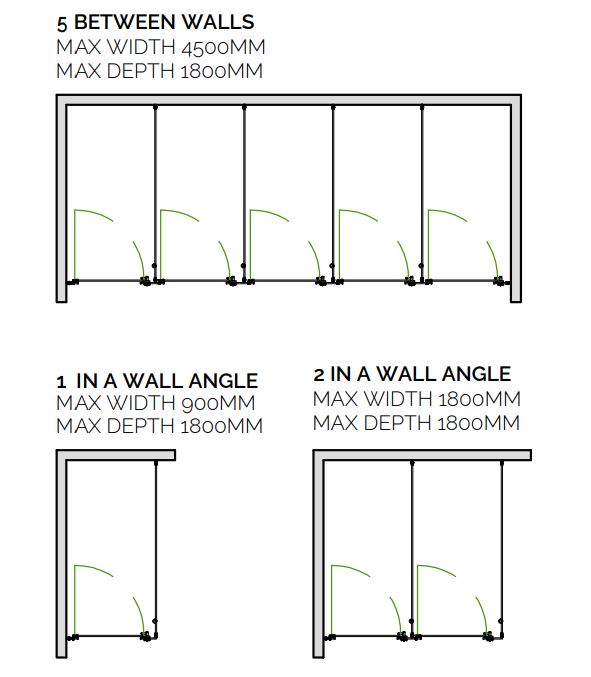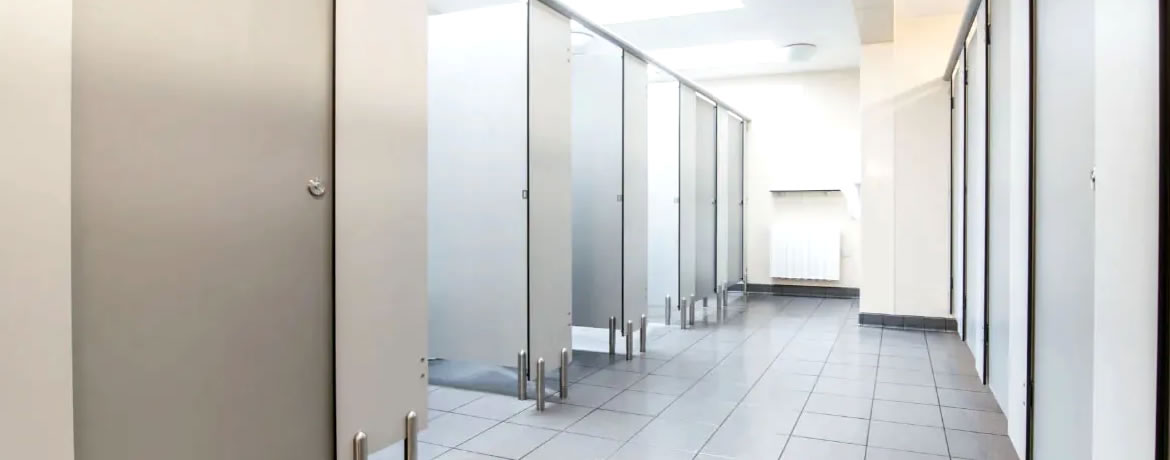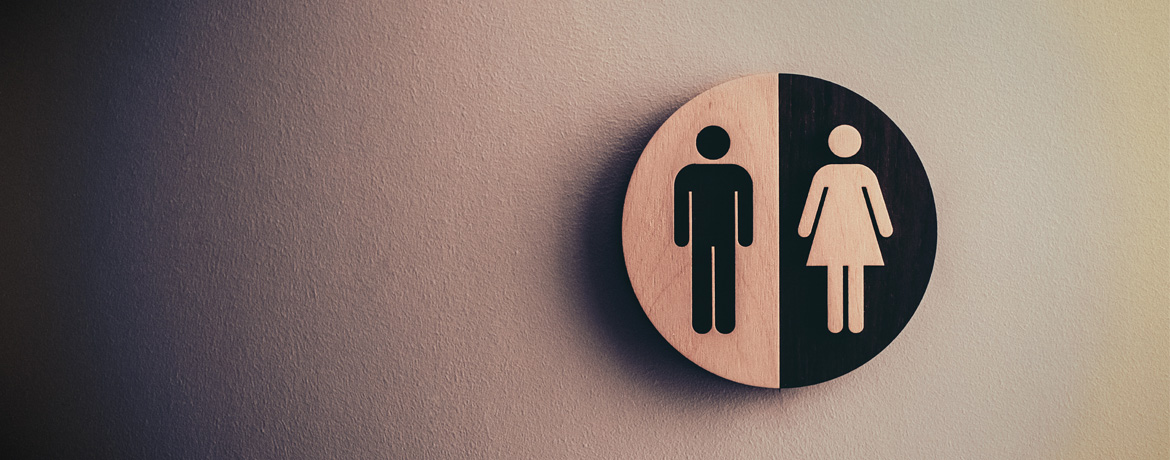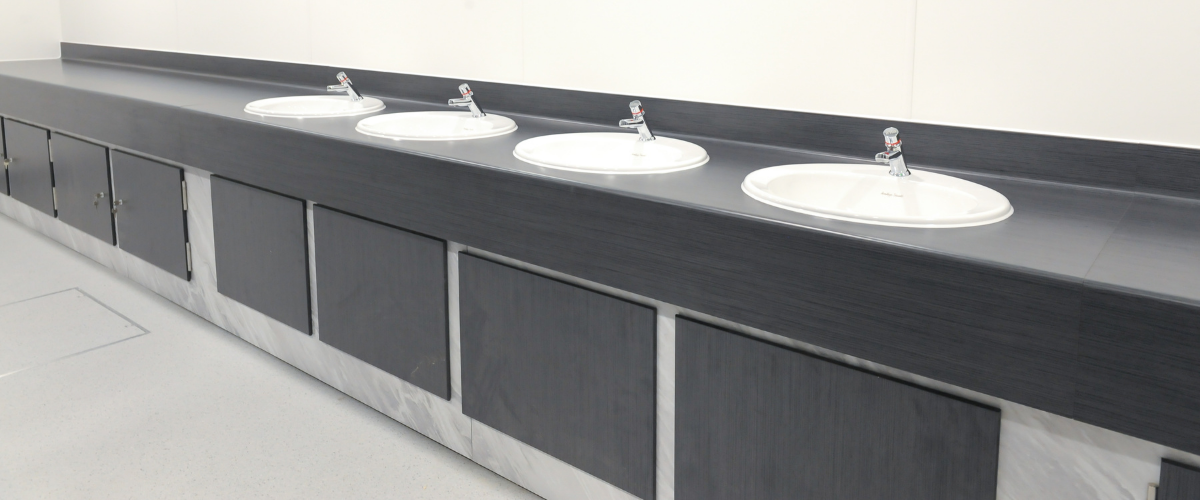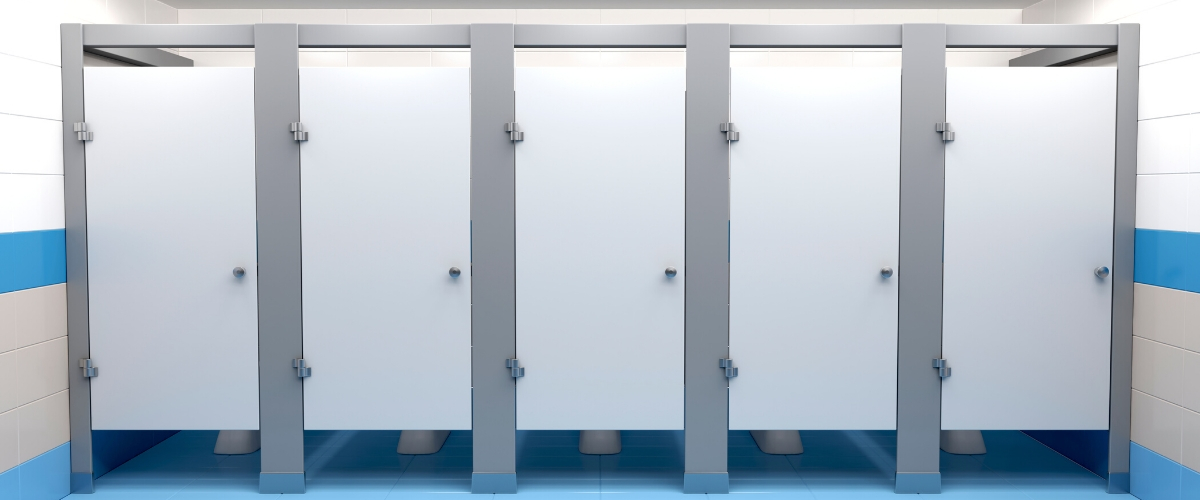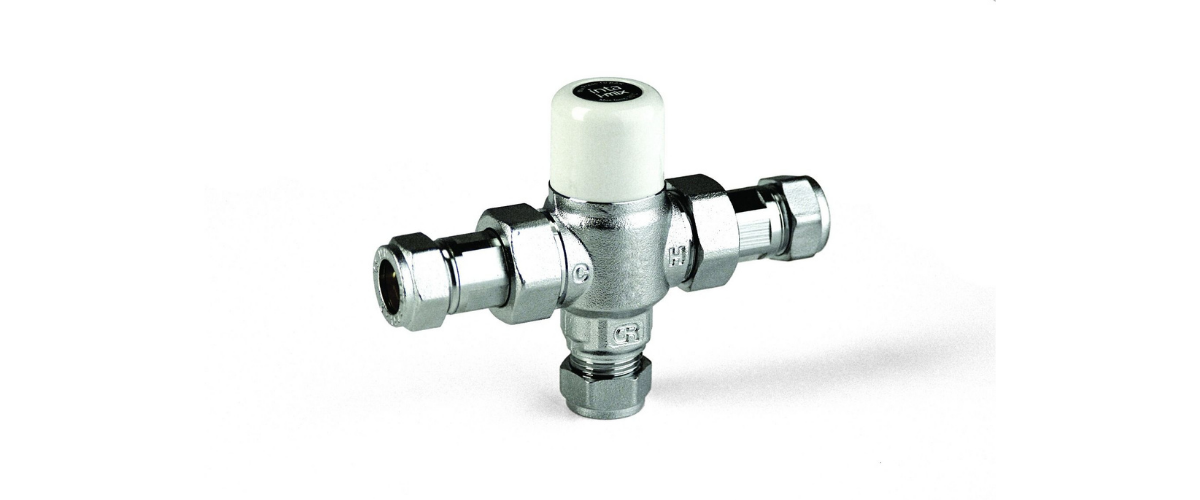What are the different types of toilet cubicle configurations?
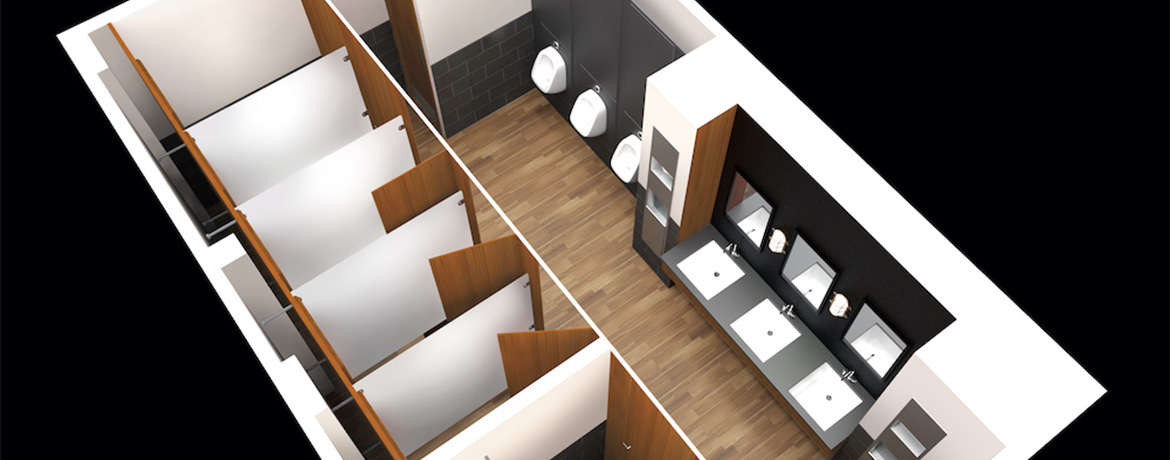
Designing the perfect washroom involves many decisions, from the choice of materials to the layout. One of the most crucial aspects is determining the ideal toilet cubicle configuration. Commercial Washrooms is here to guide you through this process, ensuring you make the best choices for your specific needs.
Further Reading: Superloos, Doc-M, Changing Places - we explain the different types of washrooms.
Understanding Space and User Requirements
Before designing cubicle configurations, assessing the available space and anticipating user needs is essential. Commercial Washrooms offers expert consultations to help you gauge these requirements accurately.
Why Washroom Configuration Matters
The layout of your washroom plays a pivotal role in user experience. It can:
- Determine the flow of traffic
- Ensure privacy and comfort
- Optimize space, especially in smaller washrooms
Exploring Washroom Configurations
Let's start with the toilet room's entry and exit point(s). Designers can specify either a single point of entry/exit or duplicate points. Each has its advantages.
Single Entry-Exit Configuration
Features: Where one entrance exists, and users enter/exit through this space—a straightforward design.
Benefits:
- Ideal for smaller spaces.
- Simplifies the traffic flow.
Double Entry-Exit Configuration
Features: Two entrances exist, and users can enter/exit through either.
Benefits:
- Enhances user flow, especially in larger washrooms.
- Reduces congestion during peak times.
Popular Toilet Cubicle Configurations
The configuration of the toilet cubicles will depend on the size of the toilet room and the wall positions.
- Solo Cubicles: Ideal for limited spaces or when privacy is a top priority.
- Row Configuration: Best suited for larger washrooms, such as commercial or educational establishments.
- Between walls means that the cubicles have a solid wall on the right and left-hand side. No end cubicle partitions are required.
- In a wall angle OR corner configuration has a wall on either the left or right-hand side, meaning a cubicle partition is required on the opposite side of the cubicle run.
- Island configuration means that no solid wall exists on either the left or right, and two cubicle partitions are required - one at each end.
- Back-to-Back: A space-saving configuration where cubicles are placed back-to-back, often seen in shopping centres, motorway service stations or airports.
Our full range of toilet cubicles is designed to accommodate all configurations. Our bespoke, made-to-measure options offer the most flexibility, and stocked cubicles provide the most rapid availability.
Washroom Accessibility is Key
Every washroom should be inclusive. Ensure configurations cater to people with disabilities. This could mean wider cubicles, support rails, and other essential accessibility features. Commercial Washrooms specialises in offering functional and compliant solutions with Doc-M accessibility standards.
Maintenance and Cleaning
Specific configurations can simplify the cleaning process. For instance, a row configuration might be easier to clean than a back-to-back setup due to better accessibility. Commercial Washrooms can advise on configurations that prioritise hygiene and reduce maintenance costs.
Cost Implications
Different configurations come with varying costs. While a single cubicle might be cost-effective in terms of materials, a row configuration could offer better value in terms of user capacity. Commercial Washrooms provides solutions tailored to different budgets, ensuring you get the best value for your investment.
Conclusion
Choosing the correct toilet cubicle configuration can significantly impact user satisfaction and functionality. With Commercial Washrooms by your side, you're assured of making informed decisions that align with your needs and budget. Whether setting up a new washroom or revamping an existing one, we ensure your space is practical and aesthetically pleasing.
Click on the link for more information on the different materials we use to manufacture toilet and shower cubicles.
MORE TO EXPLORE IN Related Posts
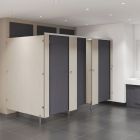
Ultra Shower Cubicles (Solid Grade Laminate)
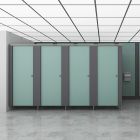
Ultra Plus SGL Toilet Cubicles With Stainless Steel Hardware (High Abuse Range)

Future HPL Toilet Cubicle Range

UltraFast Delivery SGL Cubicle Packs

Play Time Small Children’s Toilet Cubicles for Nurseries and Schools

Stature SGL Full Height Toilet Cubicles (Wet Area and High Abuse Range)
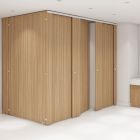
Colossal HPL Full Height Toilet Cubicles

Contractor MFC Toilet Cubicles Pack (Rapid Delivery)
As low as £493.20 £411.00

